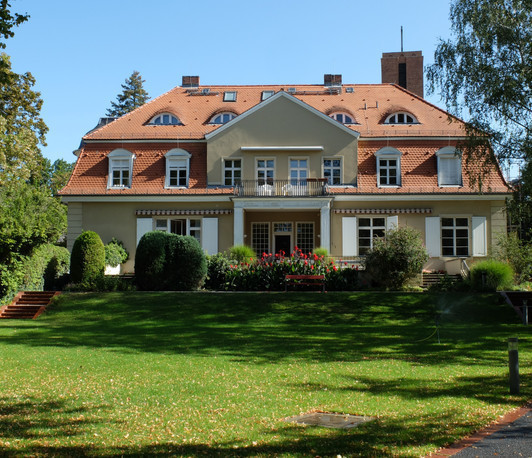Self-Interaction of Polarons Addressed through the Piecewise Linearity Condition
- TH Department Seminar
- Date: Feb 26, 2024
- Time: 02:00 PM (Local Time Germany)
- Speaker: Prof. Alfredo Pasquarello
- Chaire de Simulation à l’Echelle Atomique, Ecole Polytechnique Fédérale de Lausanne, Switzerland
- Location: https://zoom.us/j/91361117903?pwd=Wk0zU204QldnU1J1b0gvSS9GMVhJZz09
- Room: Meeting ID: 913 6111 7903 | Passcode: 677098
- Host: TH Department

[1] G. Miceli, W. Chen, I. Reshetnyak, and A. Pasquarello, Nonempirical hybrid functionals for band gaps and polaronic distortions in solids, Phys. Rev. B 97, 121112(R) (2018).
[2] J. Yang, S. Falletta, and A. Pasquarello, One-shot approach for enforcing piecewise linearity on hybrid functionals: Application to band gap predictions, J. Phys. Chem. Lett. 13, 3066-3071 (2022).
[3] S. Falletta and A. Pasquarello, Many-body self-interaction and polarons, Phys. Rev. Lett. 129, 126401 (2022).
[4] S. Falletta and A. Pasquarello, Polarons free from many-body self-interaction in density functional theory, Phys. Rev. B 106, 125119 (2022).
[5] S. Falletta and A. Pasquarello, Hubbard U through polaronic defect states, npj Comput. Mater. 8, 265 (2022).
[6] S. Falletta and A. Pasquarello, Polaron hopping through piecewise-linear functionals, Phys. Rev. B 107, 205125 (2023).
[7] S. Falletta, J. Wiktor, and A. Pasquarello, Finite-size corrections of defect energy levels involving ionic polarization, Phys. Rev. B 102, 041115(R) (2020).